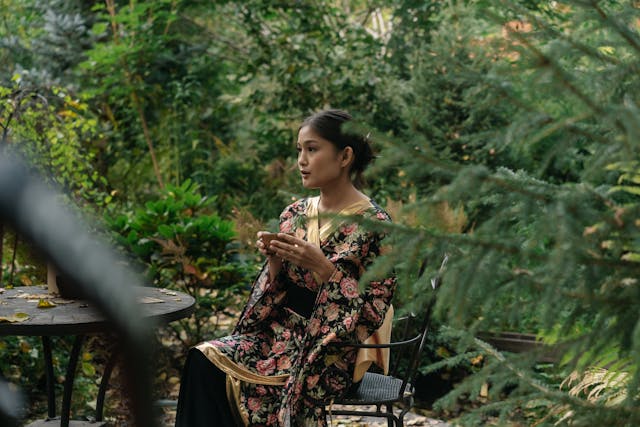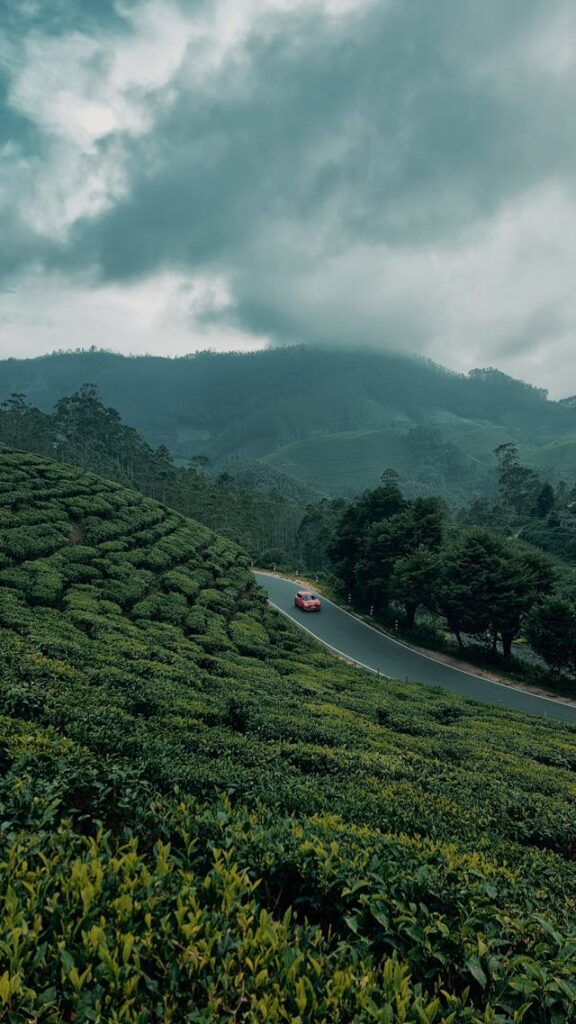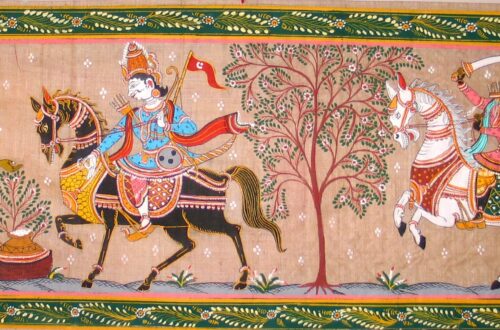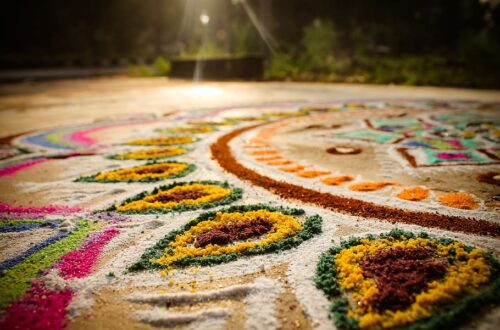
Discovering the Heart of Assam, through Its Villages, Culture, and Tea Gardens.
Assam, the gateway to Northeast India, is a land of verdant landscapes, winding rivers, and rich cultural heritage. While the state is widely known for its tea gardens and biodiversity, it is the villages of Assam that hold the true essence of its cultural identity. In this extensive blog post, we embark on a journey through the villages of Assam, exploring the people’s culture, traditions, and the famed tea gardens that have put this region on the global map. Whether you’re a culture enthusiast, a nature lover, or a tea connoisseur, Assam offers a unique blend of experiences that are sure to captivate your soul.

A Glimpse into Assam’s Villages
The Essence of Rural Life in Assam
Assam’s villages are the soul of the state, where life unfolds at a tranquil pace, far removed from the hustle and bustle of urban centers. The architecture of these villages reflects the harmony between people and nature. Traditional Assamese homes, known as chang ghar, are built on stilts to protect against floods. Constructed primarily from bamboo, wood, and thatch, these houses are not just functional but also environmentally sustainable.
The village layout is typically centered around a large courtyard, with homes built around it. Villagers often gather in the courtyard for communal activities, festivals, and social events. Agriculture is the mainstay of rural life in Assam, with rice being the staple crop. However, fishing, weaving, and small-scale industries like pottery also play significant roles in the village economy.
Daily Life and Community Bonds
In Assam’s villages, life begins at dawn, with the first light of the sun touching the fields and the sound of roosters echoing through the air. The day is filled with the rhythm of agricultural work, the hum of weaving looms, and the laughter of children playing in the fields. Despite the simplicity of village life, it is rich in traditions and community spirit.
The bond among villagers is strong, with a deep sense of mutual support. Whether it’s during the harvest season or when celebrating festivals, the community comes together to share both the joys and challenges of life. This collective spirit is evident in the way villagers celebrate festivals like Bihu, which marks the Assamese New Year and is a time of joy, dance, music, and feasting.

People and Culture: The Heartbeat of Assam
Ethnic Diversity and Traditions
Assam is home to a diverse range of ethnic groups, each with its own distinct culture, language, and traditions. The major ethnic communities include the Assamese, Bodos, Karbis, Misings, and Rabhas, among others. This diversity has resulted in a rich cultural tapestry that is uniquely Assamese.
The Assamese people are known for their hospitality and warmth. Visitors to an Assamese village are often greeted with a traditional gamusa (a handwoven cloth) and offered pitha (traditional rice cakes) along with a cup of freshly brewed Assam tea. The gamusa is a symbol of respect and is used in various rituals and ceremonies across the state.
The Bodos, one of the largest ethnic groups in Assam, have their own language, culture, and festivals. The Kherai Puja is one of the most important religious festivals of the Bodos, where they worship their deities with dance, music, and rituals that have been passed down through generations.
Language, Music, and Dance
The official language of Assam is Assamese, a language rich in literature, folklore, and oral traditions. However, many other languages and dialects are spoken in the state, reflecting its ethnic diversity. Bodo, Karbi, and Mishing are some of the prominent languages spoken by different communities.
Music and dance are integral to Assamese culture, with each community having its own distinct forms. The Bihu dance, performed during the Bihu festival, is the most famous of these. Accompanied by the dhol (drum) and pepa (hornpipe), the dance is a celebration of life and love. The graceful movements and rhythmic beats capture the joy and vitality of the Assamese people.
The Bagurumba dance of the Bodos is another significant cultural expression, characterized by its elegant and flowing movements that imitate the natural world, particularly the butterflies. The dance is usually performed by women dressed in traditional Bodo attire, adding to the visual splendor of the performance.

The Majestic Tea Gardens of Assam
The Birthplace of Indian Tea
Assam’s connection with tea dates back to the early 19th century when the British East India Company discovered wild tea plants in the region. This discovery led to the establishment of the first tea plantations in Assam, marking the beginning of a tea revolution that would change the course of history. Today, Assam is one of the largest tea-producing regions in the world, known for its robust, malty black teas that are favored globally.
The tea gardens of Assam are not just economic hubs but are also cultural landmarks that tell the story of the region’s colonial past and its transformation into a modern state. The tea industry in Assam employs thousands of people, with entire communities living in and around the tea estates. These workers, often descendants of laborers brought in during the British era, have their own unique culture and traditions that have evolved over generations.
Life in the Tea Gardens
Life in the tea gardens of Assam is both challenging and rewarding. The day starts early, with workers heading to the fields at the crack of dawn to pluck the tender tea leaves. The process of plucking is an art in itself, requiring precision and skill. Only the top two leaves and a bud are plucked, as these are the most tender and flavorful parts of the tea plant.
The tea garden workers, predominantly women, often work long hours under the sun, with breaks in between to rest and have their meals. Despite the demanding nature of the work, there is a strong sense of community among the workers. Festivals, weddings, and religious ceremonies are occasions for the entire community to come together and celebrate.
The Tea Manufacturing Process
After the leaves are plucked, they are quickly transported to the tea factory within the estate, where the next stages of tea processing begin. The leaves are first withered to reduce their moisture content. This is followed by the rolling process, where the leaves are twisted to break the cells and release the natural juices that give tea its flavor.
The rolled leaves are then subjected to oxidation, a crucial step that determines the tea’s strength, color, and flavor. The degree of oxidation varies depending on whether the tea is to be made into black, green, or white tea. Finally, the tea is dried, sorted, and packed for distribution.
Exploring Assam’s Tea Gardens: A Guide for Travelers
Famous Tea Gardens to Visit
Assam’s tea gardens are a major attraction for tourists, offering a unique experience that combines natural beauty with cultural richness. Some of the most famous tea gardens that are open to visitors include:
- Jorhat Tea Bungalows: Located in the heart of Assam’s tea country, Jorhat is home to several historic tea estates. Visitors can stay in colonial-era bungalows, explore the tea gardens, and learn about the tea-making process.
- Kaziranga Golf Resort: Nestled amidst the tea gardens of Jorhat, this resort offers a luxurious experience with a blend of tea and wildlife tourism. The nearby Kaziranga National Park is home to the endangered one-horned rhinoceros, making it a perfect destination for nature lovers.
- Mancotta Chang Bungalow: Situated in Dibrugarh, this heritage bungalow offers a glimpse into the colonial past of Assam’s tea industry. Guests can take guided tours of the tea gardens, participate in tea tasting sessions, and enjoy traditional Assamese cuisine.
Best Time to Visit
The best time to visit Assam’s tea gardens is during the winter months, from October to March, when the weather is pleasant, and the landscape is lush and green. The tea plucking season starts in March and continues till November, with the first flush (the first harvest of the season) being particularly sought after for its delicate flavor.
During this time, visitors can witness the entire tea-making process, from plucking to processing, and even try their hand at plucking tea leaves. Many tea estates also organize cultural performances and traditional Assamese meals for their guests, providing a complete cultural immersion.
Experiencing Tea Culture
A visit to Assam’s tea gardens is incomplete without indulging in the region’s tea culture. Most tea estates offer tea-tasting sessions where visitors can sample different types of Assam tea, each with its unique flavor profile. From the robust Assam black tea to the delicate white tea, there is something for every palate.
Guided tours of the tea factories provide insight into the intricate process of tea manufacturing. Visitors can also purchase freshly packed tea directly from the estates, ensuring the highest quality. Staying in heritage bungalows within the tea estates offers a chance to relive the colonial era while enjoying the serene beauty of the gardens.
Engaging with Local Communities
One of the most rewarding aspects of visiting Assam’s tea gardens is the opportunity to interact with the local communities. Many tea estates are home to vibrant communities that have their own unique culture and traditions. Visitors are often welcomed with open arms and can participate in local festivals, attend cultural performances and even enjoy a traditional Assamese meal with the villagers.
Thank You…



